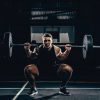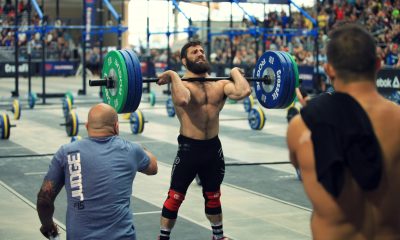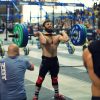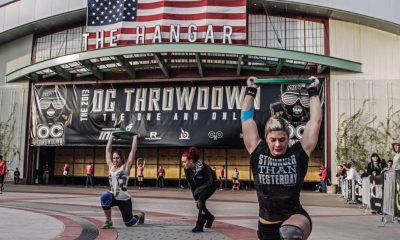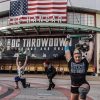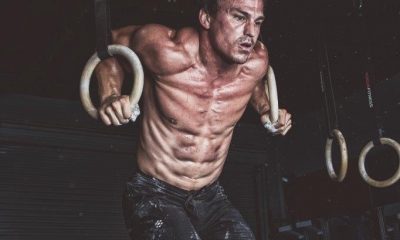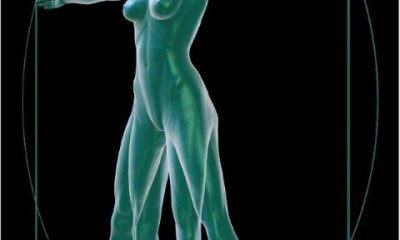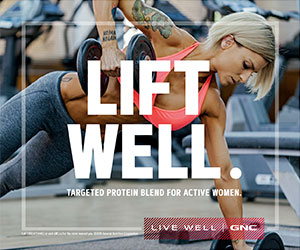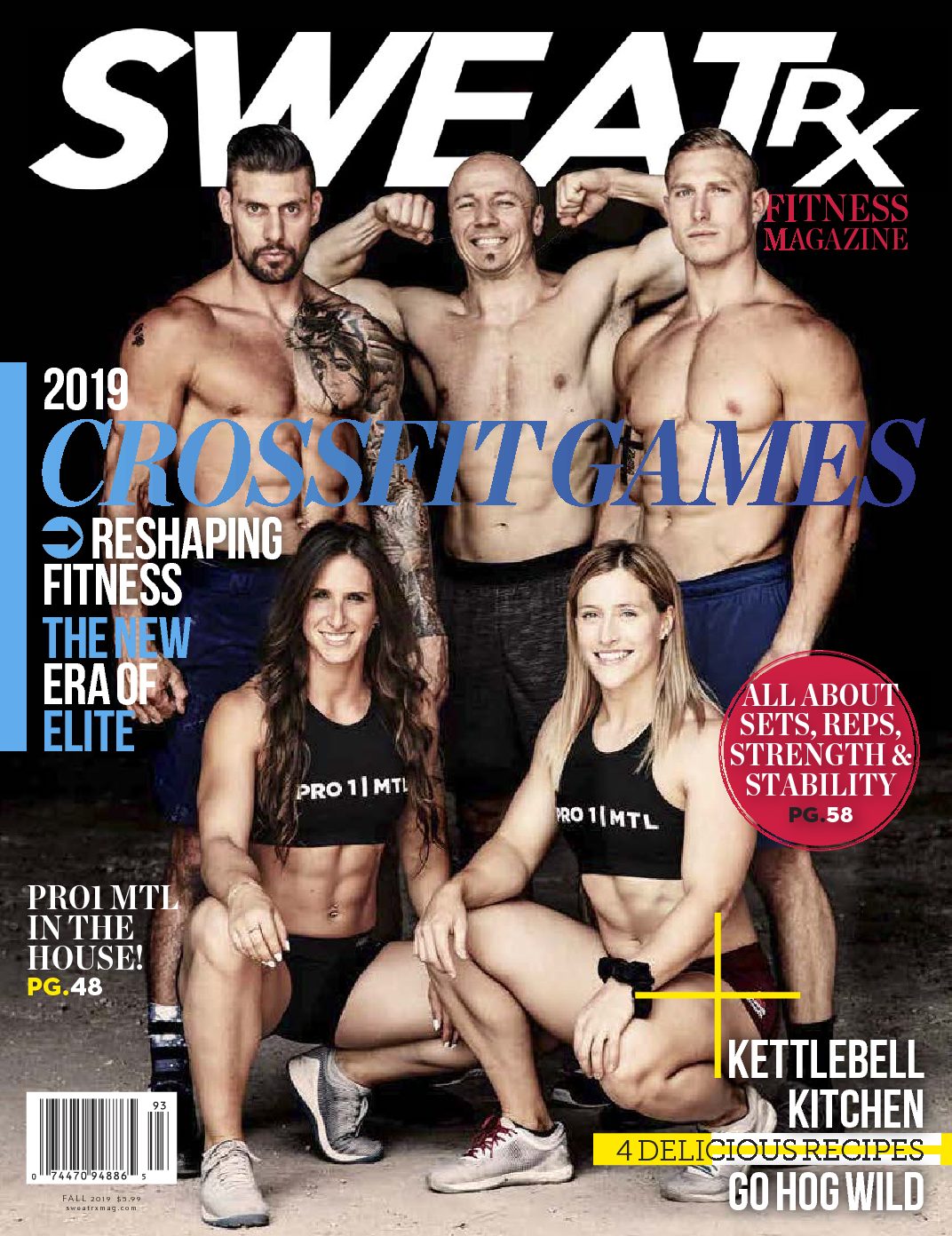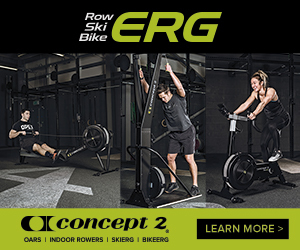Fitness
He Shoots, He Scores! CrossFit for Hockey Players
CrossFit is varied functional movement executed at a high intensity. Hockey is also varied functional movement—though limited to skating, passing, shooting, and checking—executed at a high intensity.
Especially in the early off season, when the goal of dry land training is to deliver thorough, well-rounded conditioning, CrossFit is a great fit.
Your goal in the off season, especially at the beginning, is to build a base of fitness (strength, speed, power, and anaerobic endurance) upon which you can construct hockey-specific skills. This is not an aerobic base but a base for work capacity. The more efficient you are at performing work (force times distance) and the faster you can recover from repeated bouts of work, the more prepared you are to demonstrate skill.
In hockey, skill rules the day. However, without a solid level of work capacity, you’ll never develop the skills that become ingrained only through practice. For instance, if you tire after 30 minutes of practice and your coach works on a passing skill set at the end of practice, you won’t have the energy or processing capacity to properly learn the new skill. It’s unlikely to learn a new skill while fatigued and probable that you won’t perform it perfectly. Practice makes permanent. This is why we advocate skill-based work before conditioning.
If you’re building your off season macro-cycle with General Physical Preparedness (GPP) before Strength, Power, and Speed (SPP, or specific physical preparedness), then you’d do best to use CrossFit in the GPP phases.
CrossFit makes no bones about it: their specialty is NOT specializing. The closer you get to your season, the more you’ll prioritize your time to include a greater percentage of skill-based work. That’s the job of your on-ice coaches, however; our job as conditioning coaches is to deliver the best possible athlete to the team’s doorstep for training camp.
In season, maintenance of strength and power are critical, but some work capacity training is also necessary to maintain peak fitness. Although you can get away with maximal lifts for strength only once every two weeks, work capacity can start to diminish over a matter of days. In season, bodybuilding methods (3 or 4 sets of 8 to 12 reps on machines) are an even bigger waste of time than in the off season. When you’re skating nearly every day, you have to budget both time and energy.
And CrossFit makes efficient use of your time. Who can really perform intensely for an hour after two hours of hard practice? You’re far better off to hit a 20-minute WOD, generate the type of endurance and work capacity you want to maintain, and go home.
We use CrossFit in our own program, and we’ve seen remarkable improvement in our athletes’ work capacity. Improved work capacity means more effort in the strength phase, which allows more transfer to speed, which means better agility . . . all built on a solid foundation. There’s no doubt about it: CrossFit is the first step to a better hockey player.
The ’10- year rule”
The development of athletic talent is a long-term process. Through the athlete development cycle, an athlete progresses to the highest level of his or her ability based on a well-designed plan that allows for long-term improvements. Scientific research has concluded that it takes a minimum of 10 years and 10,000 hours of training for a talented athlete to reach elite levels. This translates into more than 3 hours of training daily for 10 years (a commitment that few can or will make).



